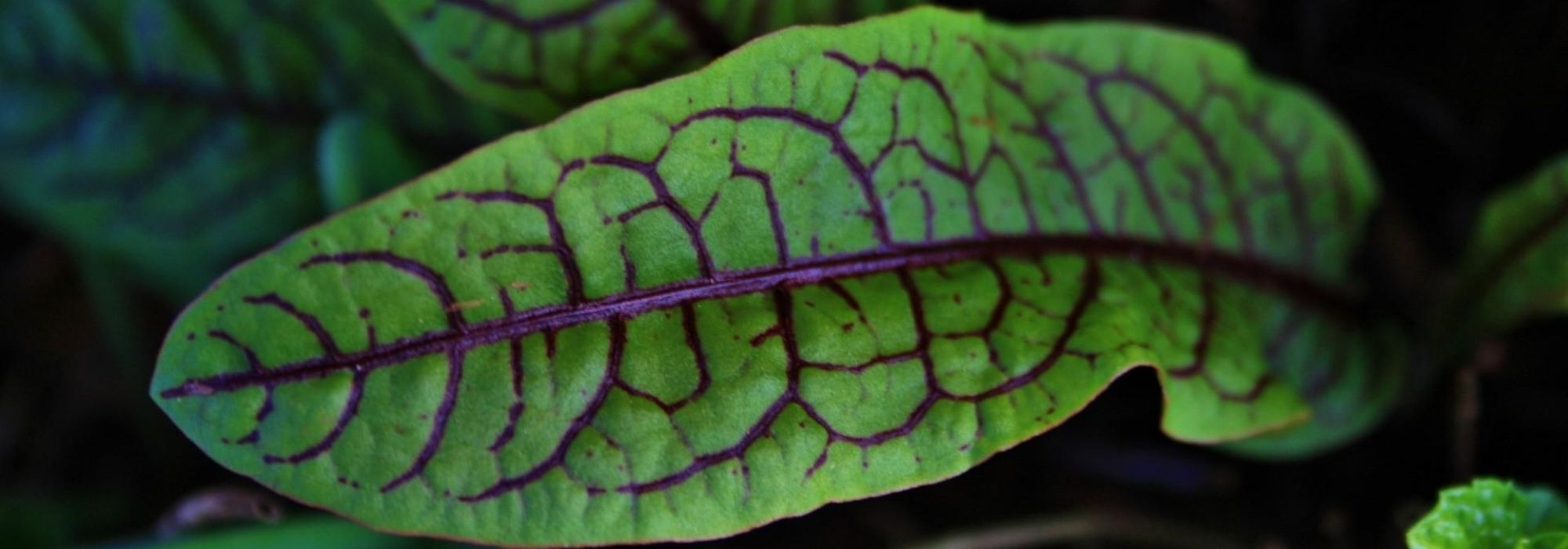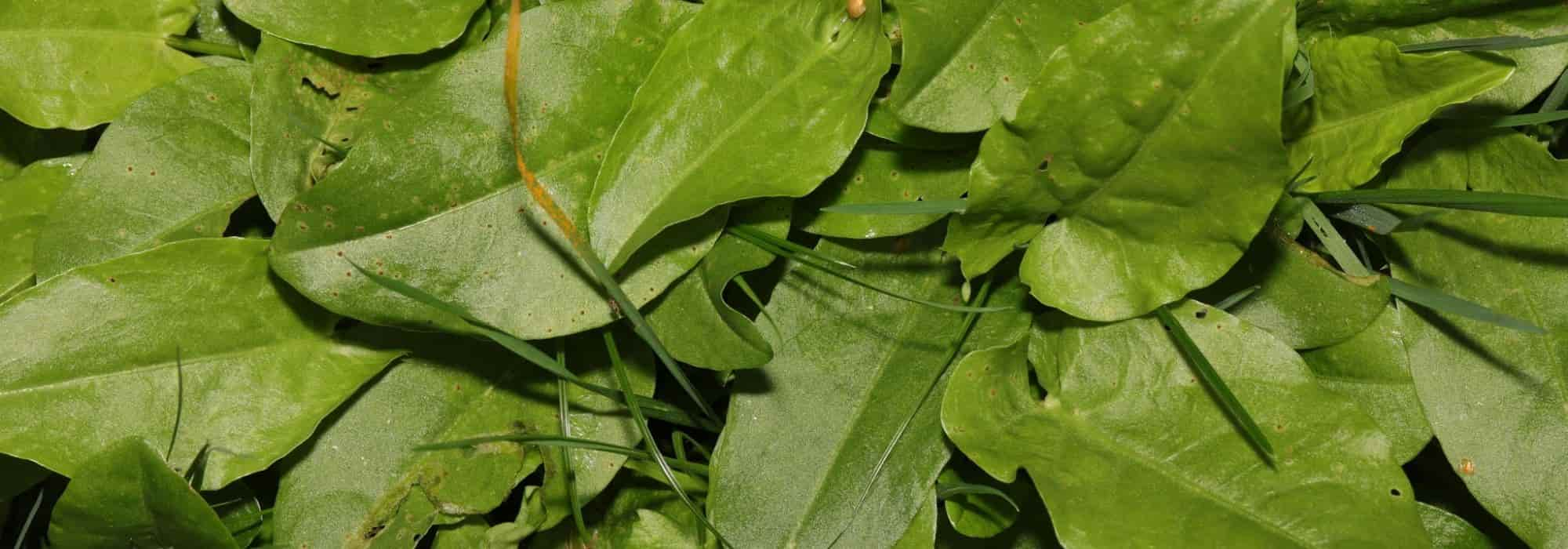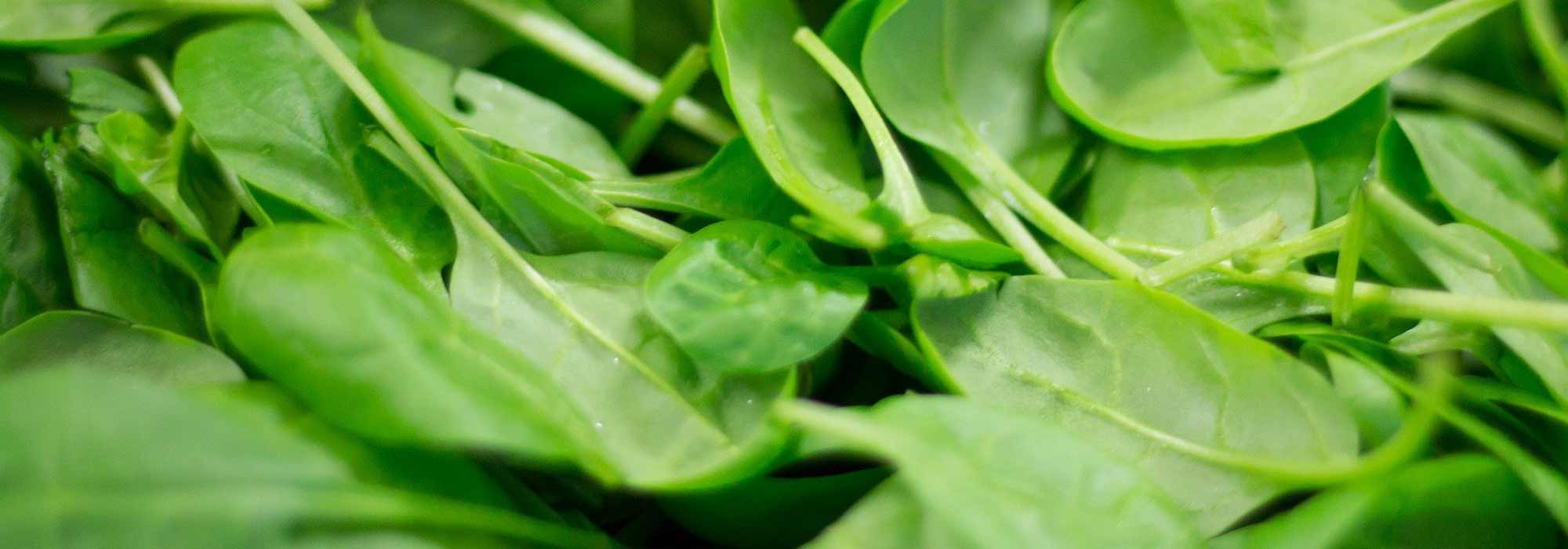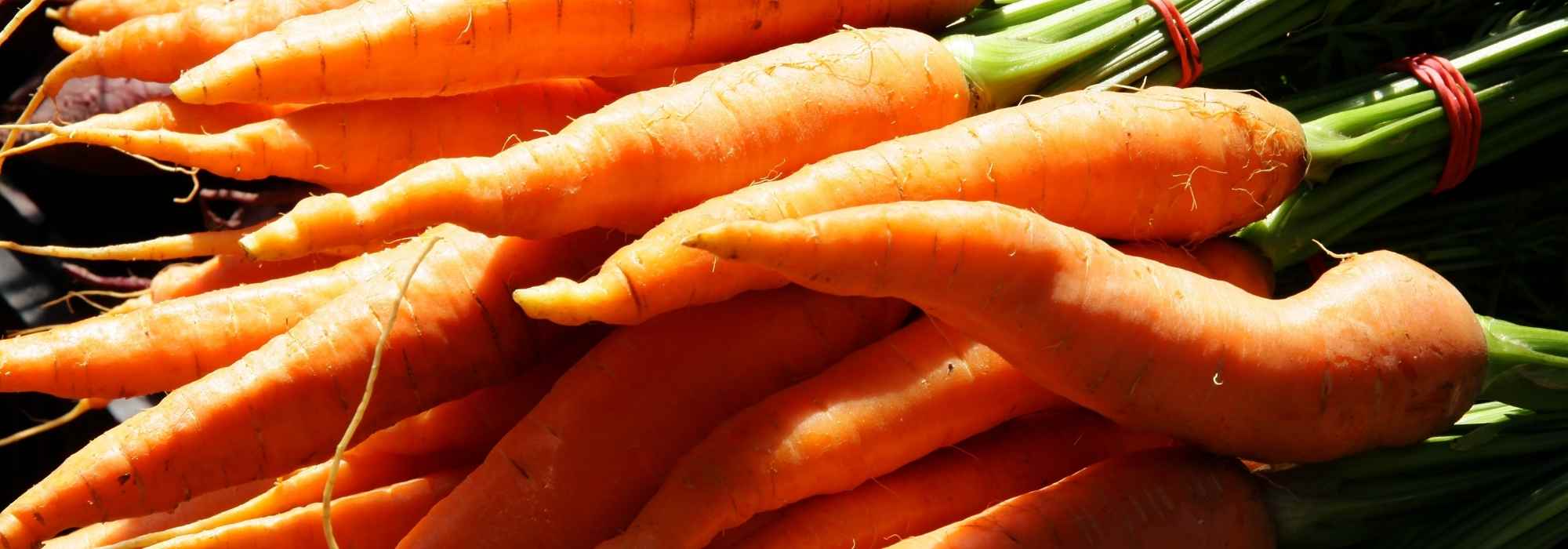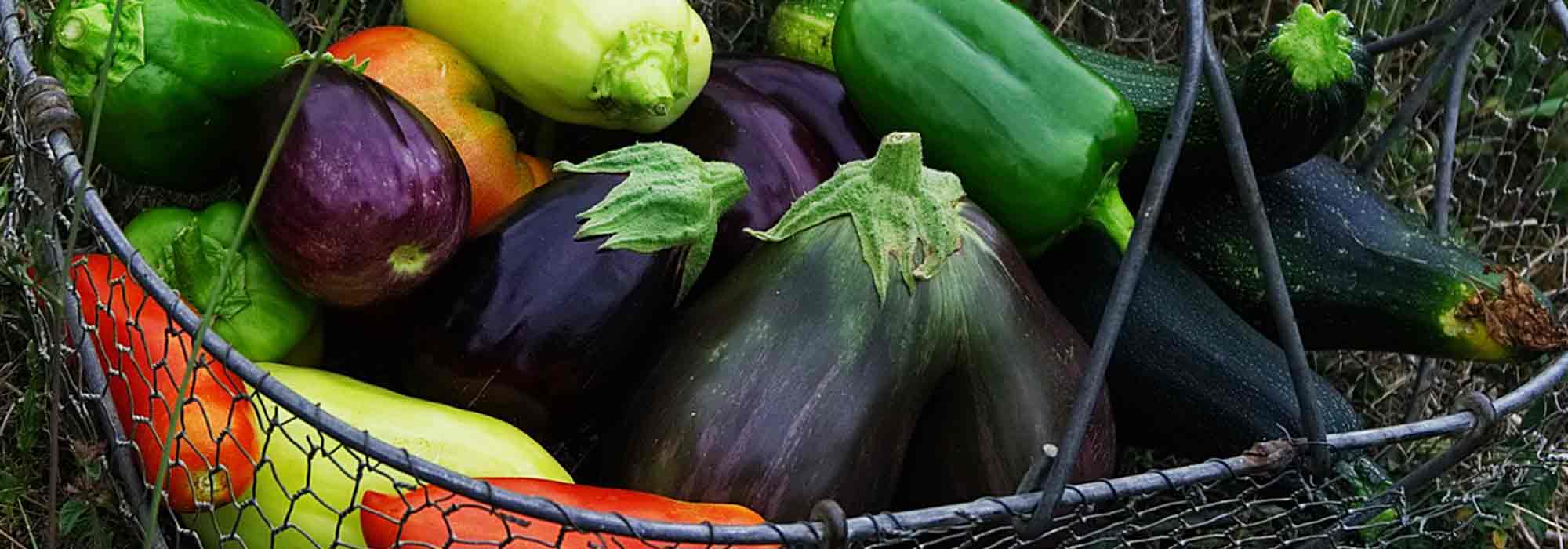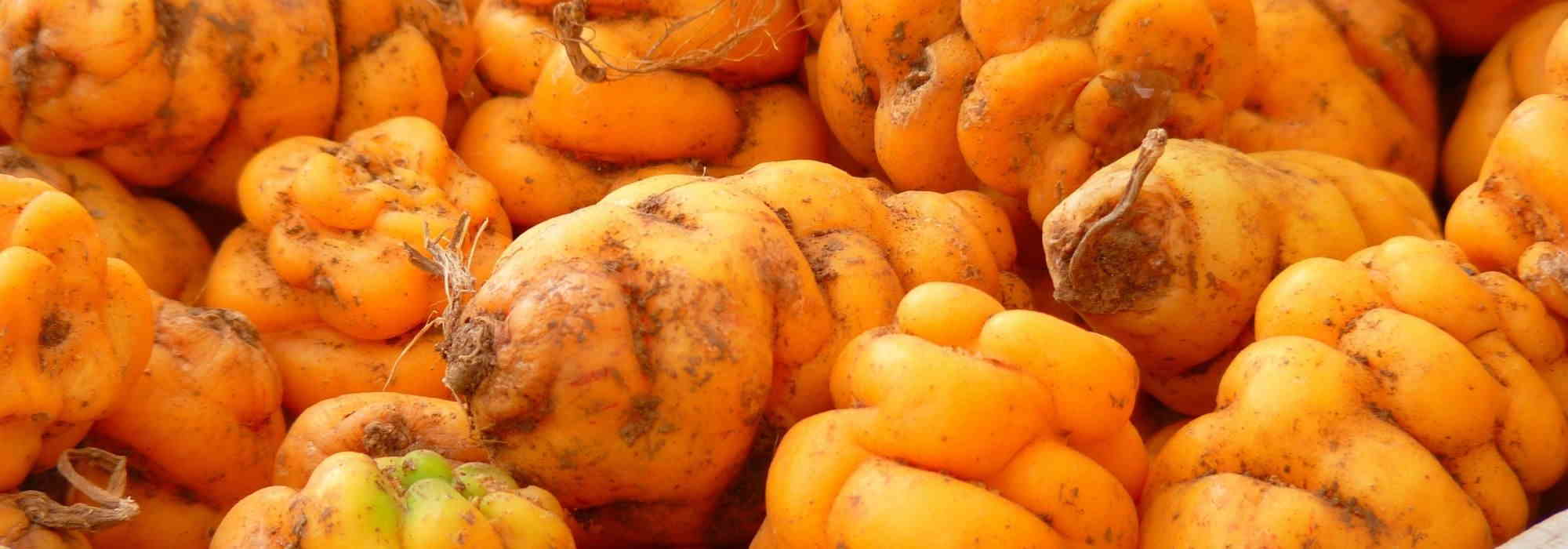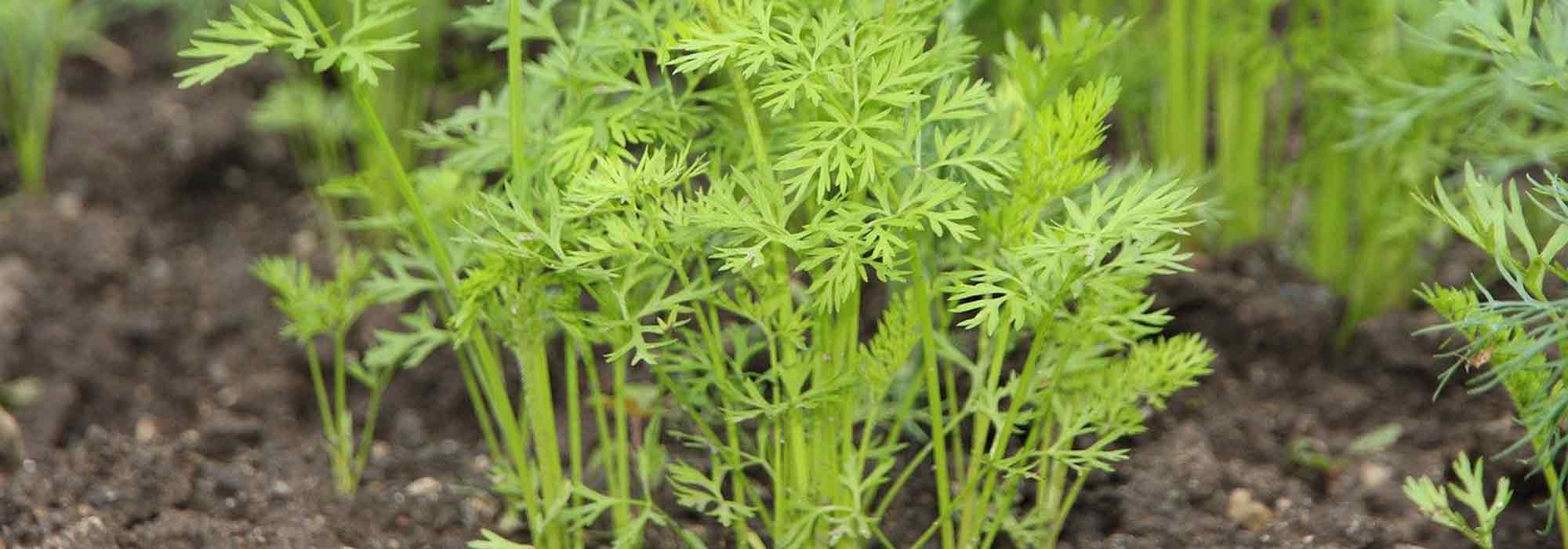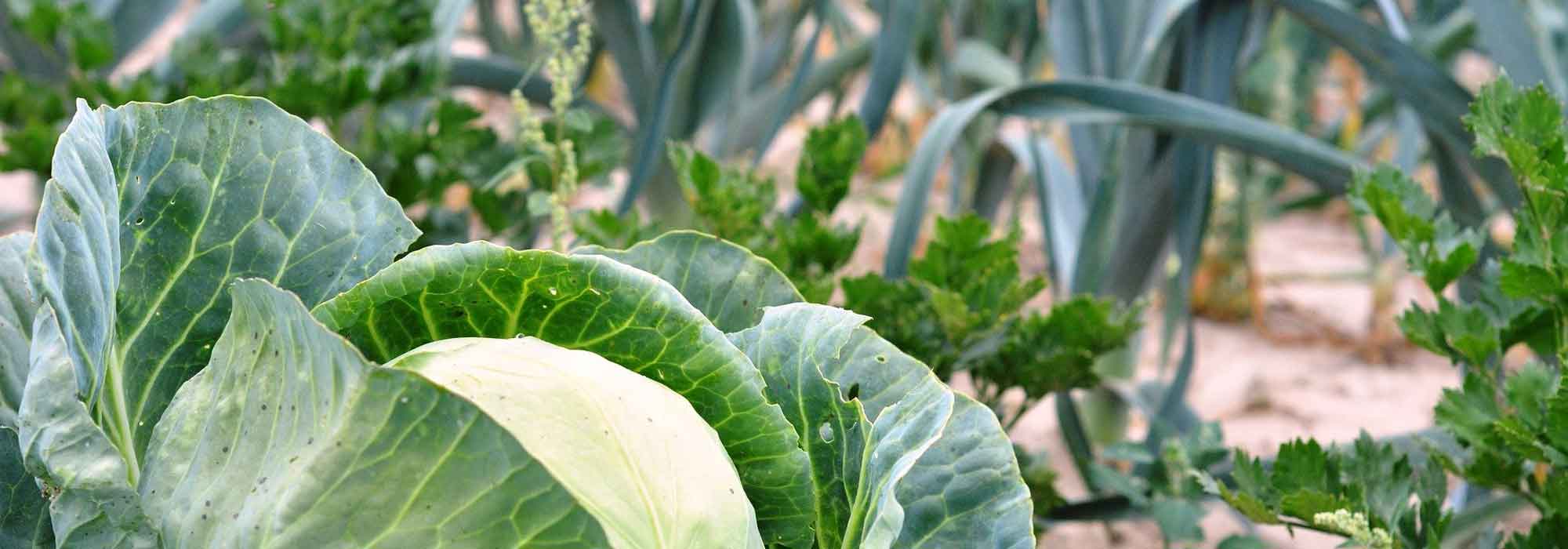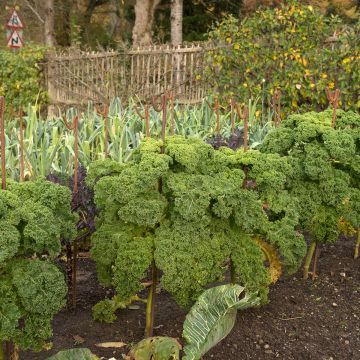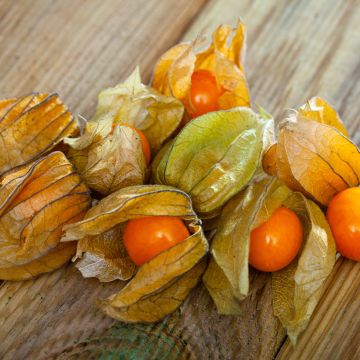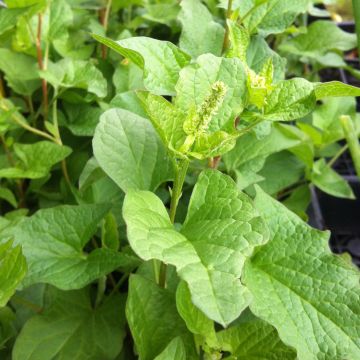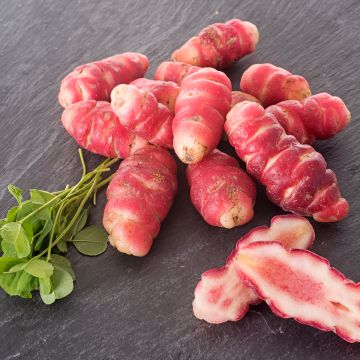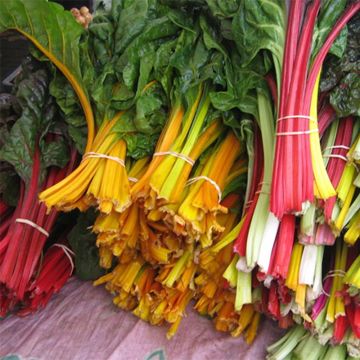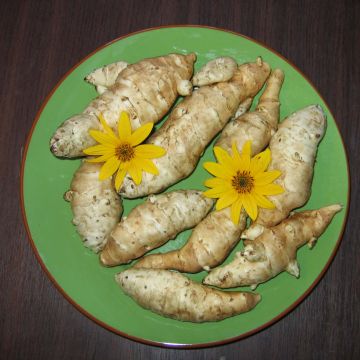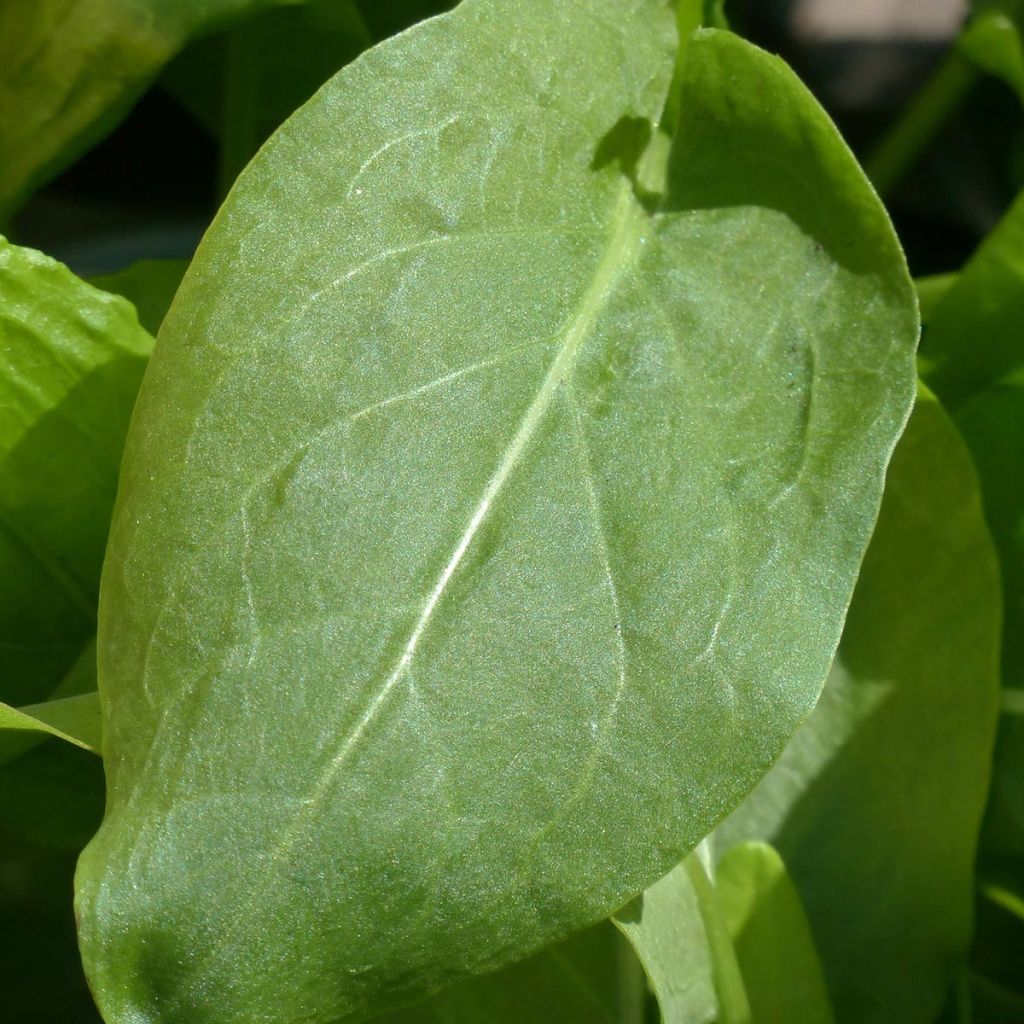

French Sorrel - Rumex scutatus
French Sorrel - Rumex scutatus
Rumex scutatus
French Sorrel, Buckler Sorrel, Shield-leaved Sorrel
These are really tiny leaves. I had trouble reading the description.
CR, 24/10/2024
Special offer!
Receive a €20 voucher for any order over €90 (excluding delivery costs, credit notes, and plastic-free options)!
1- Add your favorite plants to your cart.
2- Once you have reached €90, confirm your order (you can even choose the delivery date!).
3- As soon as your order is shipped, you will receive an email containing your voucher code, valid for 3 months (90 days).
Your voucher is unique and can only be used once, for any order with a minimum value of €20, excluding delivery costs.
Can be combined with other current offers, non-divisible and non-refundable.
Home or relay delivery (depending on size and destination)
Schedule delivery date,
and select date in basket
This plant carries a 6 months recovery warranty
More information
We guarantee the quality of our plants for a full growing cycle, and will replace at our expense any plant that fails to recover under normal climatic and planting conditions.
Description
The Round-leaved Sorrel, also known as the Shield-leaved Sorrel, is a montane plant that has its place in the vegetable garden. It is a hardy species, whose growth tends to spread rather than stand upright. It is appreciated for its gently spicy flavor, both tangy and slightly bitter. Its leaves can be cooked as a vegetable, or used to accompany fish and flavor sauces and soups, or eaten raw in mixed salads, in moderation. Particularly suitable for rock gardens and mountainous areas, it is also suitable for planting in walls. Plant it in spring or autumn and harvest as needed, from March to November.
The Round-leaved Sorrel, known in Latin as Rumex scutatus, is native to Europe and Asia, and grows in France in rockeries and scree slopes in the subalpine zone, in full sun or partial shade. This aromatic plant belongs to the Polygonaceae family and thrives in well-drained soil that is not too dry, even if it is limestone. It can be recognized by its basal leaves in the shape of shields or spades, as wide as they are long, ranging from light green to glaucous. The foliage persists more or less in winter depending on the climate. This rhizomatous plant first develops in rosettes, then branches out at the base into rather creeping and eventually upright stems. In the end, the round-leaved sorrel measures about 30-40 cm (12-16in) in height and 50-60 cm (20-24in) in width. It blooms in summer, with clusters of green-yellow flowers. These give way to small, inedible, flattened fruits that are green and pink.
The sorrel leaves are appreciated in cooking and can be prepared like spinach. Rich in vitamin C and fiber, they accompany meats and fish (especially salmon), soups, and omelettes. Cook the leaves in a stainless steel container because of their acidity. The young and tender leaves can be eaten raw in salads. They are quite indigestible due to their high oxalic acid content, so they should be added in small quantities.
The round-leaved sorrel can be grown in open ground or in pots, in any well-drained soil. It is very hardy and can remain in place for several years.
Harvesting: Pick as needed, at the juvenile stage or when ripe, from spring until frost. Harvest leaf by leaf, by hand or with a knife. If you want to extend the harvest into winter, protect the plants with tunnels or frames in cold regions. Sorrel is a perennial plant that can stay in place for several years.
Storage: Sorrel leaves should be consumed immediately after harvest as they do not keep well. However, after cooking, they freeze very well.
French Sorrel - Rumex scutatus in pictures
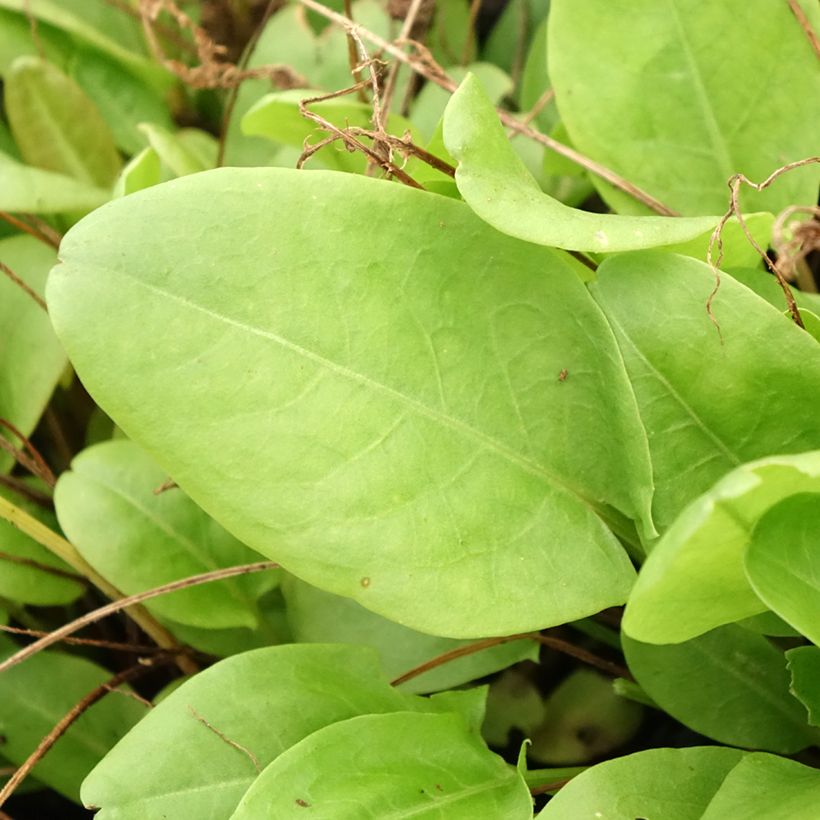

Harvest
Plant habit
Foliage
Planting and care
Sweet round-leaved Sorrel appreciates well-drained, light and not too dry soils. This plant tolerates neutral, slightly acidic or slightly chalky soils (it grows in alpine rockeries). Install it in partial shade or in the sun, avoiding however scorching and arid exposures. Planting is done in spring (from March to May) or in autumn (September - October). You can plant it in the vegetable garden, but also in a rockery or on top of a wall. Pot cultivation is also possible.
In the ground: If necessary, lighten the soil with gravel, compost and coarse sand. In very poor soil, add compost a few months before planting, by scratching it to a depth of 5 cm (2in) after loosening the soil. The plants will be spaced 25 cm (10in) apart. Dig a hole (3 times the volume of the root ball), place the root ball and cover with fine soil. Firmly tamp down and water to keep the soil slightly moist.
Regularly weed and hoe, especially at the beginning of cultivation. Water in case of high temperatures. If your plants are devoured by slugs or snails, place ash or coffee grounds nearby, to be renewed in case of rain. In early spring, top-dress with compost.
In a pot: Place a layer of gravel at the bottom of the pot to facilitate drainage. Fill it with a mixture of potting soil and compost. Place the root ball, cover with soil and firm it down.
Water regularly. Repot annually.
Cut the flower stalks to promote foliage development.
Sorrel can be propagated by dividing clumps in March-April. This operation is recommended every 3 to 4 years. Transplant it to another location in the garden to promote rotation and limit the risks of diseases or pests.
Cultivation
Care
Intended location
Planting & care advice
-
, onOrder confirmed
Reply from on Promesse de fleurs
Similar products
Haven't found what you were looking for?
Hardiness is the lowest winter temperature a plant can endure without suffering serious damage or even dying. However, hardiness is affected by location (a sheltered area, such as a patio), protection (winter cover) and soil type (hardiness is improved by well-drained soil).

Photo Sharing Terms & Conditions
In order to encourage gardeners to interact and share their experiences, Promesse de fleurs offers various media enabling content to be uploaded onto its Site - in particular via the ‘Photo sharing’ module.
The User agrees to refrain from:
- Posting any content that is illegal, prejudicial, insulting, racist, inciteful to hatred, revisionist, contrary to public decency, that infringes on privacy or on the privacy rights of third parties, in particular the publicity rights of persons and goods, intellectual property rights, or the right to privacy.
- Submitting content on behalf of a third party;
- Impersonate the identity of a third party and/or publish any personal information about a third party;
In general, the User undertakes to refrain from any unethical behaviour.
All Content (in particular text, comments, files, images, photos, videos, creative works, etc.), which may be subject to property or intellectual property rights, image or other private rights, shall remain the property of the User, subject to the limited rights granted by the terms of the licence granted by Promesse de fleurs as stated below. Users are at liberty to publish or not to publish such Content on the Site, notably via the ‘Photo Sharing’ facility, and accept that this Content shall be made public and freely accessible, notably on the Internet.
Users further acknowledge, undertake to have ,and guarantee that they hold all necessary rights and permissions to publish such material on the Site, in particular with regard to the legislation in force pertaining to any privacy, property, intellectual property, image, or contractual rights, or rights of any other nature. By publishing such Content on the Site, Users acknowledge accepting full liability as publishers of the Content within the meaning of the law, and grant Promesse de fleurs, free of charge, an inclusive, worldwide licence for the said Content for the entire duration of its publication, including all reproduction, representation, up/downloading, displaying, performing, transmission, and storage rights.
Users also grant permission for their name to be linked to the Content and accept that this link may not always be made available.
By engaging in posting material, Users consent to their Content becoming automatically accessible on the Internet, in particular on other sites and/or blogs and/or web pages of the Promesse de fleurs site, including in particular social pages and the Promesse de fleurs catalogue.
Users may secure the removal of entrusted content free of charge by issuing a simple request via our contact form.
The flowering period indicated on our website applies to countries and regions located in USDA zone 8 (France, the United Kingdom, Ireland, the Netherlands, etc.)
It will vary according to where you live:
- In zones 9 to 10 (Italy, Spain, Greece, etc.), flowering will occur about 2 to 4 weeks earlier.
- In zones 6 to 7 (Germany, Poland, Slovenia, and lower mountainous regions), flowering will be delayed by 2 to 3 weeks.
- In zone 5 (Central Europe, Scandinavia), blooming will be delayed by 3 to 5 weeks.
In temperate climates, pruning of spring-flowering shrubs (forsythia, spireas, etc.) should be done just after flowering.
Pruning of summer-flowering shrubs (Indian Lilac, Perovskia, etc.) can be done in winter or spring.
In cold regions as well as with frost-sensitive plants, avoid pruning too early when severe frosts may still occur.
The planting period indicated on our website applies to countries and regions located in USDA zone 8 (France, United Kingdom, Ireland, Netherlands).
It will vary according to where you live:
- In Mediterranean zones (Marseille, Madrid, Milan, etc.), autumn and winter are the best planting periods.
- In continental zones (Strasbourg, Munich, Vienna, etc.), delay planting by 2 to 3 weeks in spring and bring it forward by 2 to 4 weeks in autumn.
- In mountainous regions (the Alps, Pyrenees, Carpathians, etc.), it is best to plant in late spring (May-June) or late summer (August-September).
The harvesting period indicated on our website applies to countries and regions in USDA zone 8 (France, England, Ireland, the Netherlands).
In colder areas (Scandinavia, Poland, Austria...) fruit and vegetable harvests are likely to be delayed by 3-4 weeks.
In warmer areas (Italy, Spain, Greece, etc.), harvesting will probably take place earlier, depending on weather conditions.
The sowing periods indicated on our website apply to countries and regions within USDA Zone 8 (France, UK, Ireland, Netherlands).
In colder areas (Scandinavia, Poland, Austria...), delay any outdoor sowing by 3-4 weeks, or sow under glass.
In warmer climes (Italy, Spain, Greece, etc.), bring outdoor sowing forward by a few weeks.






























